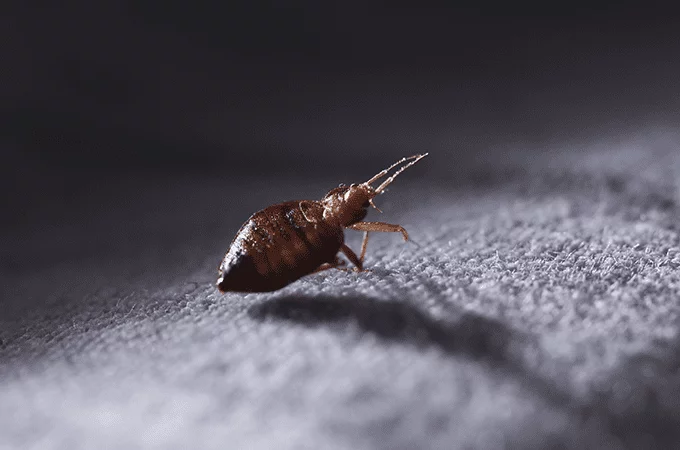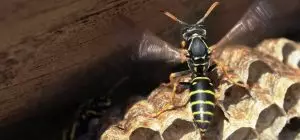With its subtropical climate, the weather in Southeast Florida shapes pest activity and behaviors, particularly the temperature, humidity, and precipitation levels throughout the year. From our scorching summers to mild winters, each season brings unique challenges in pest control management. Let’s take a closer look at how seasonal changes impact local pest activity.
Spring
Pest activity first escalates every year in the spring, as temperatures begin to rise. Increased humidity levels create optimal conditions for mosquitoes to breed, leading to population surges. Termites, ants, and cockroaches will all emerge from their overwintering sites, seeking food and shelter in homes and businesses.
Termite colonies will expand their foraging territories, increasing the risk of infestation in nearby structures. Ants also establish larger colonies in warmer weather, often invading homes in search of food. Cockroaches, a resilient pest, also become more active indoors and outside, threatening hygiene and health. Spring also brings increased pollen levels, attracting pollen-feeding pests like thrips and aphids, which can damage grass and plants in your yard.
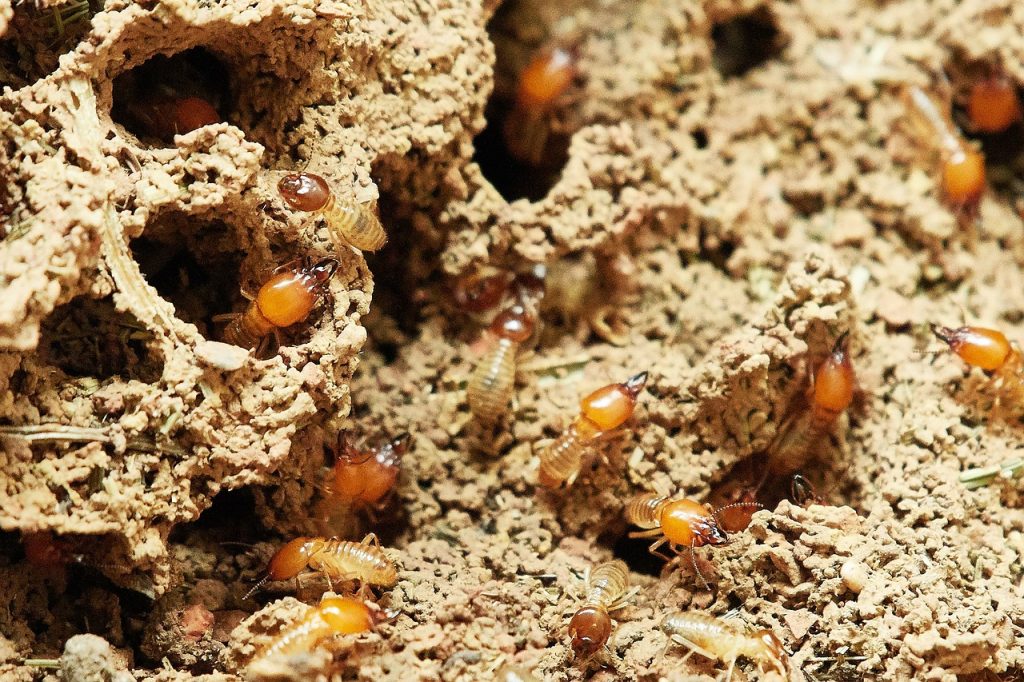
Summer
The Summer in South Florida brings relentless heat and high humidity, creating the perfect conditions for pests like mosquitoes, flies, and roaches to thrive. Heavier rainfalls provide breeding grounds for mosquitos, and warmer temperatures will accelerate the reproductive cycles of other pests as well.
This combination also is ideal for termite activity, posing a constant threat to structures and homes. The summer months also bring increased time spent outdoors, leading to more encounters with stinging insects, like wasps, bees, and hornets. Homeowners often find themselves battling a barrage of invaders and pests this time of year.
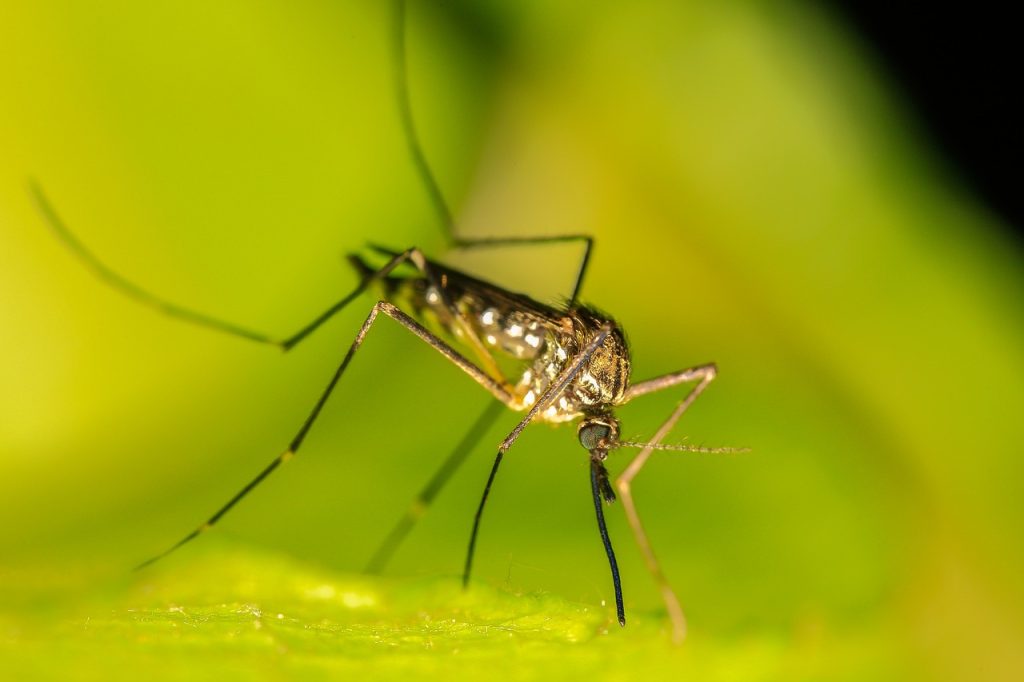
Fall
In the fall, cooler temperatures don’t dampen pest activity, but there are changes that come with it. Mosquito populations will begin to decline as the cooler and drier weather reduces breeding opportunities.
However, ants and rodents will begin seeking shelter indoors to escape the coming chill. Termite colonies will also begin preparing for winter months by foraging more aggressively for food sources, threatening homes. Seasonal holidays typically lead to more food and leftovers, which can attract pests like pantry moths and rodents. Homeowners should remain vigilant in pest-proofing the inside of their homes this time of year.
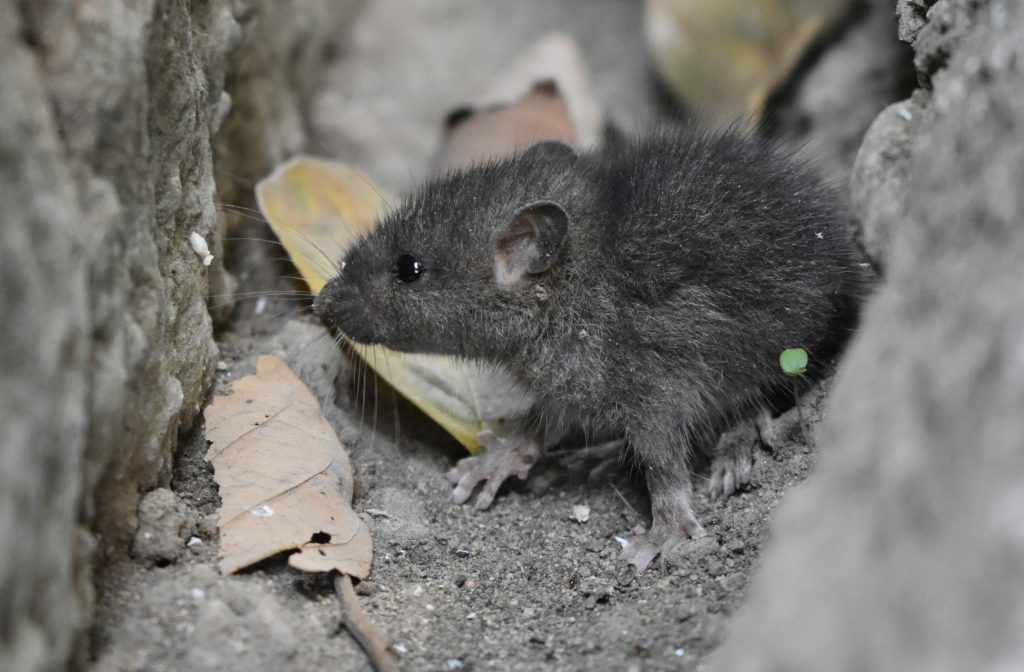
Winter
The Winter in Southeast Florida may bring relief from the heat, but not necessarily from pests. Some pests may enter a dormant phase, but others (such as rodents) become even more active at this time as they search for food and warmth indoors.
Termite activity may decline slightly in the winter, but the subtropical climate here means they still pose a threat year-round. The winter rains create cooler, damper conditions that attract moisture-loving pests like silverfish and earwigs, who seek warmer homes inside.
Finally, South Florida residents spend more time inside in the winter months, increasing the risk of bed bug infestations. These pests thrive in warm, enclosed spaces and easily hitch rides into new homes on clothing and luggage. This is another season when homeowners should focus their pest control efforts on the inside of their homes.
